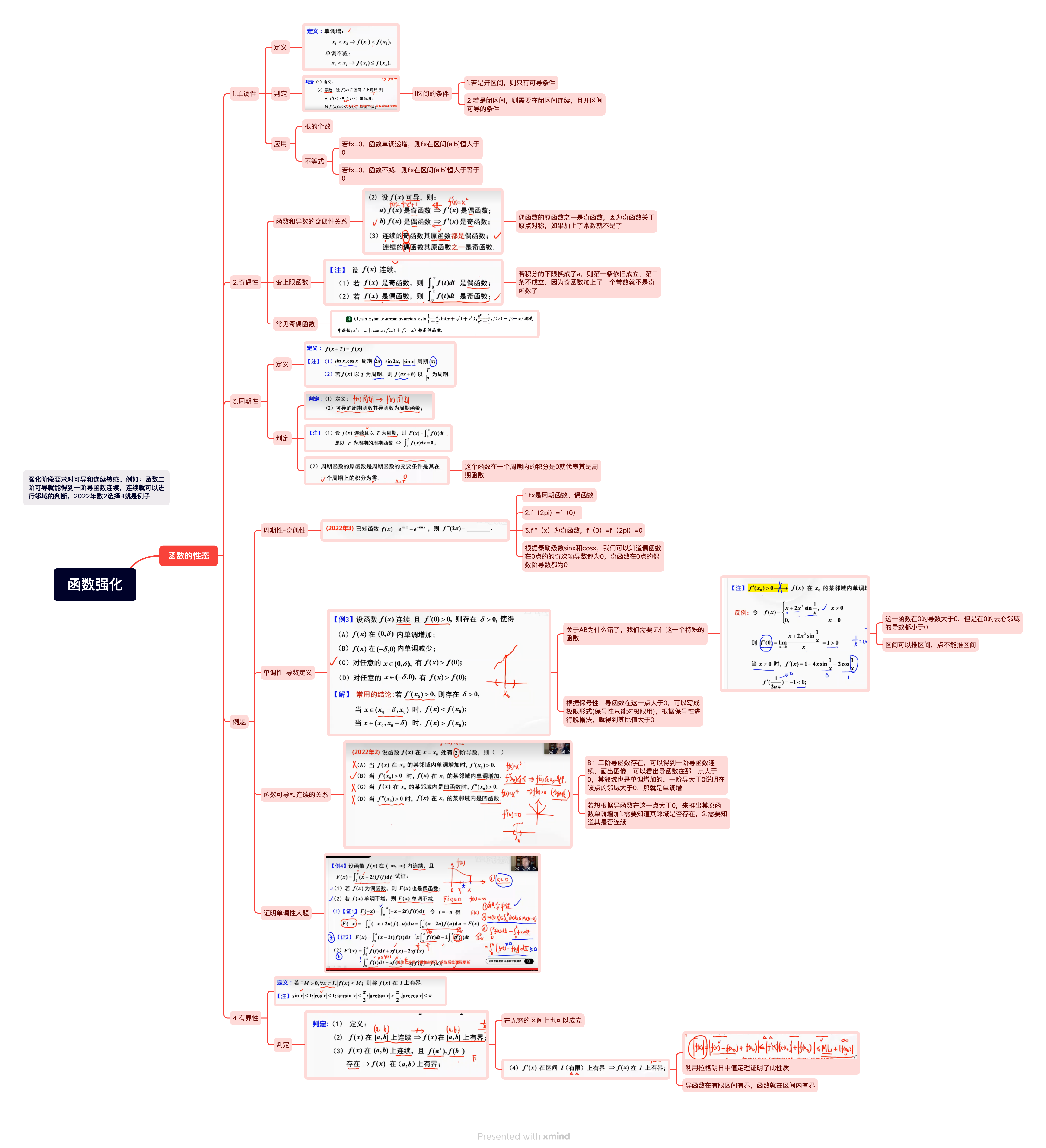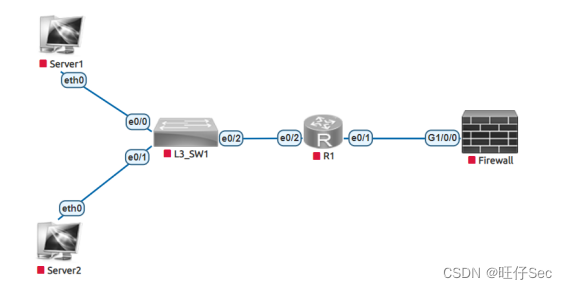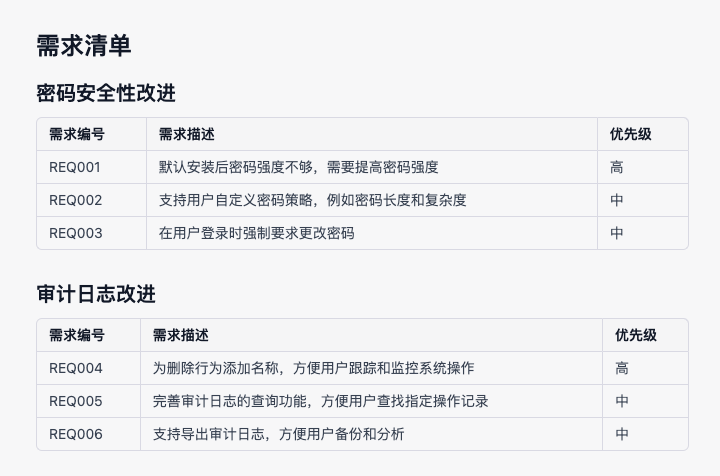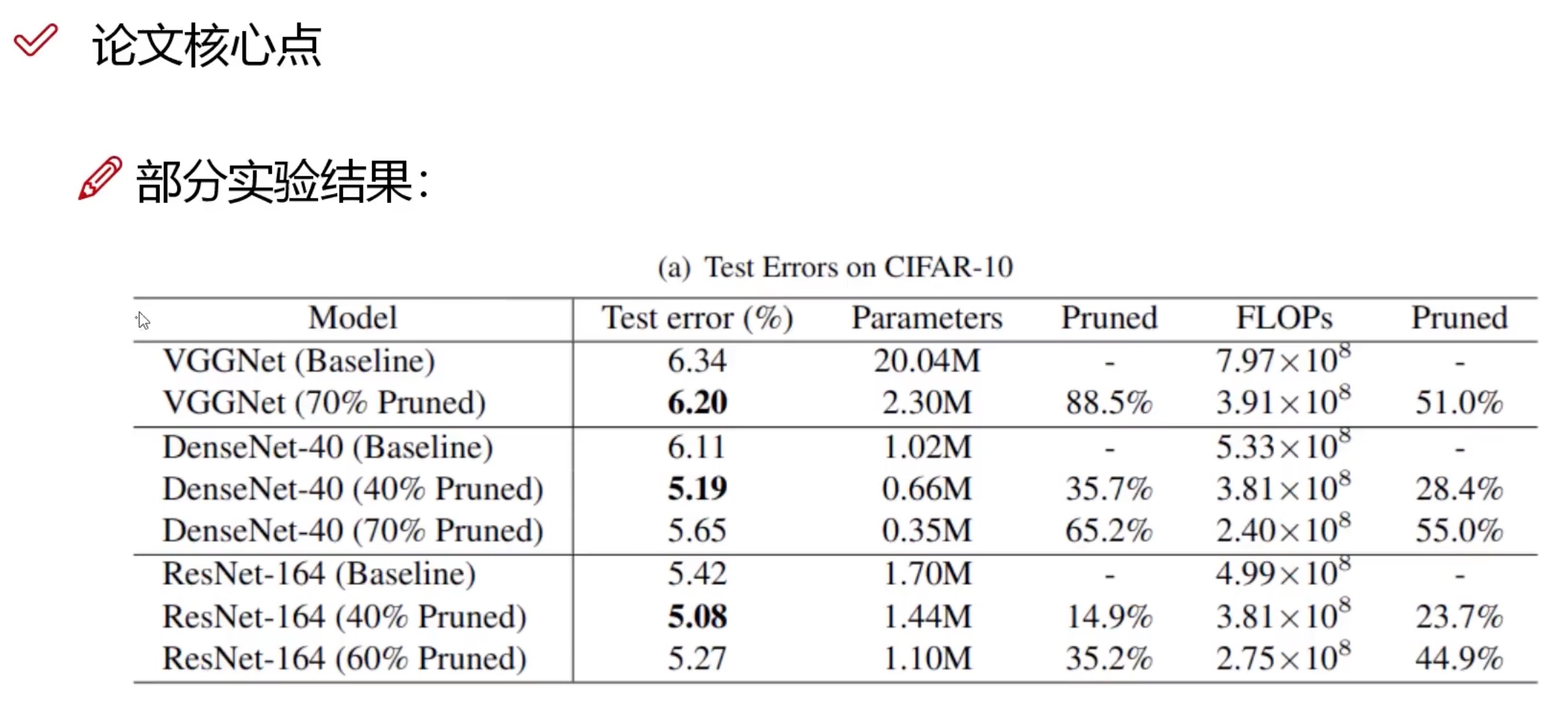文章目录
- 4.1 线程中断机制
- 4.1.1 从阿里蚂蚁金服面试题讲起
- 4.1.2 什么是中断机制
- 4.1.3 中断的相关API方法之三大方法说明
- 4.1.4 大厂面试题中断机制考点
- 4.1.5 总结
- 4.2 LockSupport是什么
- 4.3 线程等待唤醒机制
- 4.3.1 三种让线程等待和唤醒的方法
- 4.3.2 Object类中的wait和notify方法实现线程等待和唤醒
- 4.3.3 Condition接口中的await和signal方法实现线程的等待和唤醒
- 4.3.4 上述两个对象Object和Condition使用的限制条件
- 4.3.5 LockSupport类中的park等待和unpark唤醒
4.1 线程中断机制
4.1.1 从阿里蚂蚁金服面试题讲起
Java.lang.Thread下的三个方法:

- 如何中断一个运行中的线程?
- 如何停止一个运行中的线程?
4.1.2 什么是中断机制
- 首先,一个线程不应该由其他线程来强制中断或停止,而是应该由线程自己自行停止,自己来决定自己的命运,所以,Thread.stop,Thread.suspend,Thread.resume都已经被废弃了
- 其次,在Java中没有办法立即停止一条线程,然而停止线程却显得尤为重要,如取消一个耗时操作。因此,Java提供了一种用于停止线程的协商机制----中断,也即中断标识协商机制
- 中断只是一种协作协商机制,Java没有给中断增加任何语法,中断的过程完全需要程序员自行实现。若要中断一个线程,你需要手动调用该线程interrupt方法,该方法也仅仅是将该线程对象的中断标识设置为true,接着你需要自己写代码不断检测当前线程的标识位,如果为true,表示别的线程请求这条线程中断,此时究竟应该做什么需要你自己写代码实现。
- 每个线程对象都有一个中断标识位,用于表示线程是否被中断;该标识位为true表示中断,为false表示未中断;通过调用线程对象的interrupt方法将该线程的标识位设置为true;可以在别的线程中调用,也可以在自己的线程中调用。
4.1.3 中断的相关API方法之三大方法说明
- public void interrupt()
- 实例方法 Just to set the interrupt flag
- 实例方法仅仅是设置线程的中断状态为true,发起一个协商而不会立刻停止线程
- public static boolean interrupted()
- 静态方法 Thread.interrupted();
- 判断线程是否被中断并清除当前中断状态(做了两件事情)
- 1.返回当前线程的中断状态,测试当前线程是否已被中断
- 2.将当前线程的中断状态清零并重新设置为false,清除线程的中断状态
- 3.这个方法有点不好理解在于如果连续两次调用此方法,则第二次返回false,因为连续调用两次的结果可能不一样
- public boolean isInterrupted()
- 实例方法
- 判断当前线程是否被中断(通过检查中断标志位)
4.1.4 大厂面试题中断机制考点
如何停止中断运行中的线程?
- 通过一个volatile变量实现
/**
* 使用volatile修饰一个标识符来决定是否结束线程
*/
public class InterruptDemo {
static volatile boolean isStop = false; //volatile表示的变量具有可见性
public static void main(String[] args) {
new Thread(() -> {
while (true) {
if (isStop) {
System.out.println(Thread.currentThread().getName() + " isStop的值被改为true,t1程序停止");
break;
}
System.out.println("-----------hello volatile");
}
}, "t1").start();
try {
TimeUnit.MILLISECONDS.sleep(10);
} catch (InterruptedException e) {
e.printStackTrace();
}
new Thread(() -> {
isStop = true;
}, "t2").start();
}
}
/**
* -----------hello volatile
* -----------hello volatile
* -----------hello volatile
* -----------hello volatile
* -----------hello volatile
* -----------hello volatile
* t1 isStop的值被改为true,t1程序停止
*/
- 通过AutomicBoolean
/**
* 使用AtomicBoolean
*/
public class InterruptDemo {
static AtomicBoolean atomicBoolean = new AtomicBoolean(false);
public static void main(String[] args) {
new Thread(() -> {
while (true) {
if (atomicBoolean.get()) {
System.out.println(Thread.currentThread().getName() + " atomicBoolean的值被改为true,t1程序停止");
break;
}
System.out.println("-----------hello atomicBoolean");
}
}, "t1").start();
try {
TimeUnit.MILLISECONDS.sleep(10);
} catch (InterruptedException e) {
e.printStackTrace();
}
new Thread(() -> {
atomicBoolean.set(true);
}, "t2").start();
}
}
/**
* -----------hello atomicBoolean
* -----------hello atomicBoolean
* -----------hello atomicBoolean
* -----------hello atomicBoolean
* -----------hello atomicBoolean
* t1 atomicBoolean的值被改为true,t1程序停止
*/
- 通过Thread类自带的中断API实例方法实现----在需要中断的线程中不断监听中断状态,一旦发生中断,就执行相应的中断处理业务逻辑stop线程。
/**
* 使用interrupt() 和isInterrupted()组合使用来中断某个线程
*/
public class InterruptDemo {
static AtomicBoolean atomicBoolean = new AtomicBoolean(false);
public static void main(String[] args) {
Thread t1 = new Thread(() -> {
while (true) {
if (Thread.currentThread().isInterrupted()) {
System.out.println(Thread.currentThread().getName() + " isInterrupted()的值被改为true,t1程序停止");
break;
}
System.out.println("-----------hello isInterrupted()");
}
}, "t1");
t1.start();
try {
TimeUnit.MILLISECONDS.sleep(10);
} catch (InterruptedException e) {
e.printStackTrace();
}
//t2向t1放出协商,将t1中的中断标识位设为true,希望t1停下来
new Thread(() -> t1.interrupt(), "t2").start();
//当然,也可以t1自行设置
t1.interrupt();
}
}
/**
* -----------hello isInterrupted()
* -----------hello isInterrupted()
* -----------hello isInterrupted()
* -----------hello isInterrupted()
* t1 isInterrupted()的值被改为true,t1程序停止
*/
- 当前线程的中断标识为true,是不是线程就立刻停止?
答案是不立刻停止,具体来说,当对一个线程,调用interrupt时:- 如果线程处于正常活动状态,那么会将该线程的中断标志设置为true,仅此而已,被设置中断标志的线程将继续正常运行,不受影响,所以interrupt()并不能真正的中断线程,需要被调用的线程自己进行配合才行,对于不活动的线程没有任何影响。
- 如果线程处于阻塞状态(例如sleep,wait,join状态等),在别的线程中调用当前线程对象的interrupt方法,那么线程将立即退出被阻塞状态(interrupt状态也将被清除),并抛出一个InterruptedException异常。
第一种情况正常活动状态演示
/**
* 执行interrupt方法将t1标志位设置为true后,t1没有中断,仍然完成了任务后再结束
* 在2000毫秒后,t1已经结束称为不活动线程,设置状态为没有任何影响
*/
public class InterruptDemo2 {
public static void main(String[] args) {
//实例方法interrupt()仅仅是设置线程的中断状态位为true,不会停止线程
Thread t1 = new Thread(() -> {
for (int i = 1; i <= 300; i++) {
System.out.println("------: " + i);
}
/**
* ------: 298
* ------: 299
* ------: 300
* t1线程调用interrupt()后的中断标志位02:true
*/
System.out.println("t1线程调用interrupt()后的中断标志位02:" + Thread.currentThread().isInterrupted());
}, "t1");
t1.start();
System.out.println("t1线程默认的中断标志位:" + t1.isInterrupted());//false
try {
TimeUnit.MILLISECONDS.sleep(2);
} catch (InterruptedException e) {
e.printStackTrace();
}
t1.interrupt();//true
/**
* ------: 251
* ------: 252
* ------: 253
* t1线程调用interrupt()后的中断标志位01:true
*/
System.out.println("t1线程调用interrupt()后的中断标志位01:" + t1.isInterrupted());//true
try {
TimeUnit.MILLISECONDS.sleep(2000);
} catch (InterruptedException e) {
e.printStackTrace();
}
//2000毫秒后,t1线程已经不活动了,不会产生任何影响
System.out.println("t1线程调用interrupt()后的中断标志位03:" + t1.isInterrupted());//false
}
}
第二种情况线程处于阻塞状态演示
/**
* 1. 中断标志位默认为false
* 2.t2对t1发出中断协商 t1.interrupt();
* 3. 中断标志位为true: 正常情况 程序停止
* 中断标志位为true 异常情况,.InterruptedException ,将会把中断状态清楚,中断标志位为false
* 4。需要在catch块中,再次调用interrupt()方法将中断标志位设置为false;
*/
public class InterruptDemo3 {
public static void main(String[] args) {
Thread t1 = new Thread(() -> {
while (true) {
if (Thread.currentThread().isInterrupted()) {
System.out.println(Thread.currentThread().getName() + " 中断标志位为:" + Thread.currentThread().isInterrupted() + " 程序停止");
break;
}
//sleep方法抛出InterruptedException后,中断标识也被清空置为false,如果没有在
//catch方法中调用interrupt方法再次将中断标识置为true,这将导致无限循环了
try {
Thread.sleep(200);
} catch (InterruptedException e) {
//Thread.currentThread().interrupt();
e.printStackTrace();
}
System.out.println("-------------hello InterruptDemo3");
}
}, "t1");
t1.start();
try {
TimeUnit.SECONDS.sleep(1);
} catch (InterruptedException e) {
e.printStackTrace();
}
new Thread(() -> {
t1.interrupt();
}, "t2").start();
}
}
对于第二种情况的源码分析如下;
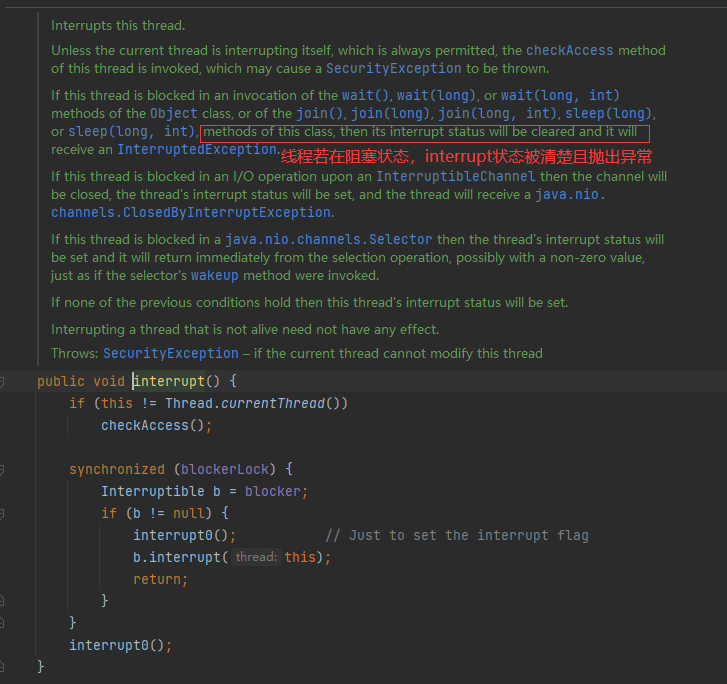
总之,需要记住的是中断只是一种协商机制,修改中断标识位仅此而已,不是立刻stop打断
静态方法Thread.interrupted(),谈谈你的理解?

public class InterruptDemo4 {
public static void main(String[] args) {
/**
* main false
* main false
* -----------1
* -----------2
* main true
* main false
*/
System.out.println(Thread.currentThread().getName() + "\t" + Thread.interrupted());//false
System.out.println(Thread.currentThread().getName() + "\t" + Thread.interrupted());//false
System.out.println("-----------1");
Thread.currentThread().interrupt();
System.out.println("-----------2");
System.out.println(Thread.currentThread().getName() + "\t" + Thread.interrupted());//true
System.out.println(Thread.currentThread().getName() + "\t" + Thread.interrupted());//false
}
}
对于静态方法Thread.interrupted()和实例方法isInterrupted()区别在于:
- 静态方法interrupted将会清除中断状态(传入的参数ClearInterrupted为true)
- 实例方法isInterrupted则不会(传入的参数ClearInterrupted为false)
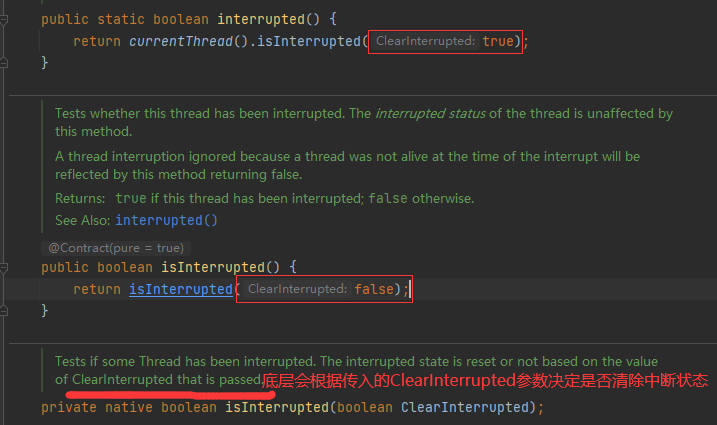
4.1.5 总结
public void interrupt()是一个实例方法,它通知目标线程中断,也仅仅是设置目标线程的中断标志位为truepublic boolean isInterrupted()是一个实例方法,它判断当前线程是否被中断(通过检查中断标志位)并获取中断标志public static boolean interrupted()是一个静态方法,返回当前线程的中断真实状态(boolean类型)后会将当前线程的中断状态设为false,此方法调用之后会清楚当前线程的中断标志位的状态(将中断标志置为false了),返回当前值并清零置为false。
4.2 LockSupport是什么
LockSupport是用来创建锁和其他同步类的基本线程阻塞原语,其中park()和unpack()而作用分别是阻塞线程和解除阻塞线程.
4.3 线程等待唤醒机制
4.3.1 三种让线程等待和唤醒的方法
- 方式一:使用Object中的wait()方法让线程等待,使用Object中的notify()方法唤醒线程
- 方式二:使用JUC包中的Condition的await()方法让线程等待,使用signal()方法唤醒线程
- 方式三:LockSupport类可以阻塞当前线程以及唤醒指定被阻塞的线程
4.3.2 Object类中的wait和notify方法实现线程等待和唤醒
- wait和notify方法必须要在同步代码块或者方法里面,且成对出现使用
- 先wait再notify才ok
public class LockSupportDemo {
public static void main(String[] args) {
Object objectLock = new Object();
/**
* t1 -----------come in
* t2 -----------发出通知
* t1 -------被唤醒
*/
new Thread(() -> {
synchronized (objectLock) {
System.out.println(Thread.currentThread().getName() + "\t -----------come in");
try {
objectLock.wait();
} catch (InterruptedException e) {
e.printStackTrace();
}
System.out.println(Thread.currentThread().getName() + "\t -------被唤醒");
}
}, "t1").start();
try {
TimeUnit.SECONDS.sleep(1);
} catch (InterruptedException e) {
e.printStackTrace();
}
new Thread(() -> {
synchronized (objectLock) {
objectLock.notify();
System.out.println(Thread.currentThread().getName() + "\t -----------发出通知");
}
}, "t2").start();
}
}
4.3.3 Condition接口中的await和signal方法实现线程的等待和唤醒
- Condition中的线程等待和唤醒方法,需要先获取锁
- 一定要先await后signal,不要反了
public class LockSupportDemo {
public static void main(String[] args) {
Lock lock = new ReentrantLock();
Condition condition = lock.newCondition();
/**
* t1 -----------come in
* t2 -----------发出通知
* t1 -----------被唤醒
*/
new Thread(() -> {
lock.lock();
try {
System.out.println(Thread.currentThread().getName() + "\t -----------come in");
condition.await();
System.out.println(Thread.currentThread().getName() + "\t -----------被唤醒");
} catch (InterruptedException e) {
e.printStackTrace();
} finally {
lock.unlock();
}
}, "t1").start();
try {
TimeUnit.SECONDS.sleep(1);
} catch (InterruptedException e) {
e.printStackTrace();
}
new Thread(() -> {
lock.lock();
try {
condition.signal();
System.out.println(Thread.currentThread().getName() + "\t -----------发出通知");
} finally {
lock.unlock();
}
}, "t2").start();
}
}
4.3.4 上述两个对象Object和Condition使用的限制条件
- 线程需要先获得并持有锁,必须在锁块(synchronized或lock)中
- 必须要先等待后唤醒,线程才能够被唤醒
4.3.5 LockSupport类中的park等待和unpark唤醒
- 是什么
- LockSupport 是用于创建锁和其他同步类的基本线程阻塞原语
- LockSupport类使用了一种名为Permit(许可)的概念来做到阻塞和唤醒线程的功能,每个线程都有一个许可(Permit),许可证只能有一个,累加上限是1。
- 主要方法
- 阻塞: Peimit许可证默认没有不能放行,所以一开始调用park()方法当前线程会阻塞,直到别的线程给当前线程发放peimit,park方法才会被唤醒。
- park/park(Object blocker)-------阻塞当前线程/阻塞传入的具体线程
- 唤醒: 调用unpack(thread)方法后 就会将thread线程的许可证peimit发放,会自动唤醒park线程,即之前阻塞中的LockSupport.park()方法会立即返回。
- unpark(Thread thread)------唤醒处于阻塞状态的指定线程
- 阻塞: Peimit许可证默认没有不能放行,所以一开始调用park()方法当前线程会阻塞,直到别的线程给当前线程发放peimit,park方法才会被唤醒。
- 代码
public class LockSupportDemo {
public static void main(String[] args) {
/**
* t1 -----------come in
* t2 ----------发出通知
* t1 ----------被唤醒
*/
Thread t1 = new Thread(() -> {
System.out.println(Thread.currentThread().getName() + "\t -----------come in");
LockSupport.park();
System.out.println(Thread.currentThread().getName() + "\t ----------被唤醒");
}, "t1");
t1.start();
try {
TimeUnit.SECONDS.sleep(1);
} catch (InterruptedException e) {
e.printStackTrace();
}
new Thread(() -> {
LockSupport.unpark(t1);
System.out.println(Thread.currentThread().getName() + "\t ----------发出通知");
}, "t2").start();
}
}
- 重点说明(重要)
- LockSupport是用来创建锁和其他同步类的基本线程阻塞原语,所有的方法都是静态方法,可以让线程再任意位置阻塞,阻塞后也有对应的唤醒方法。归根结底,LockSupport时调用Unsafe中的native代码
- LockSupport提供park()和unpark()方法实现阻塞线程和解除线程阻塞的过程,LockSupport和每个使用它的线程都有一个许可(Peimit)关联,每个线程都有一个相关的permit,peimit最多只有一个,重复调用unpark也不会积累凭证。
- 形象理解:线程阻塞需要消耗凭证(Permit),这个凭证最多只有一个
- 当调用park时,如果有凭证,则会直接消耗掉这个凭证然后正常退出。如果没有凭证,则必须阻塞等待凭证可用;
- 当调用unpark时,它会增加一个凭证,但凭证最多只能有1各,累加无效。
- 面试题
- 为什么LockSupport可以突破wait/notify的原有调用顺序?
- 因为unpark获得了一个凭证,之后再调用park方法,就可以名正言顺的凭证消费,故不会阻塞,先发放了凭证后续可以畅通无阻。
- 为什么唤醒两次后阻塞两次,但最终结果还会阻塞线程?
- 因为凭证的数量最多为1,连续调用两次unpark和调用一次unpark效果一样,只会增加一个凭证,而调用两次park却需要消费两个凭证,证不够,不能放行。
- 为什么LockSupport可以突破wait/notify的原有调用顺序?
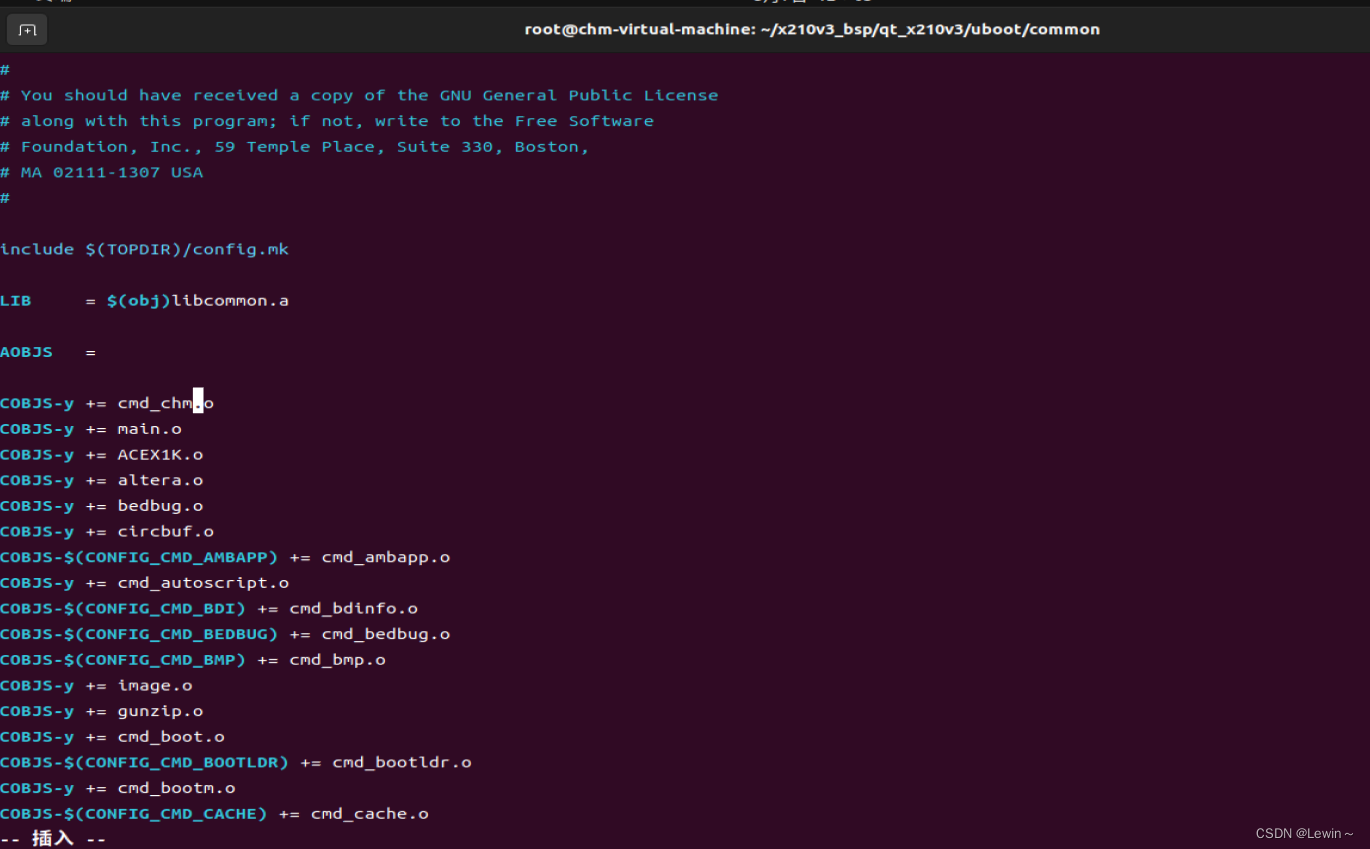




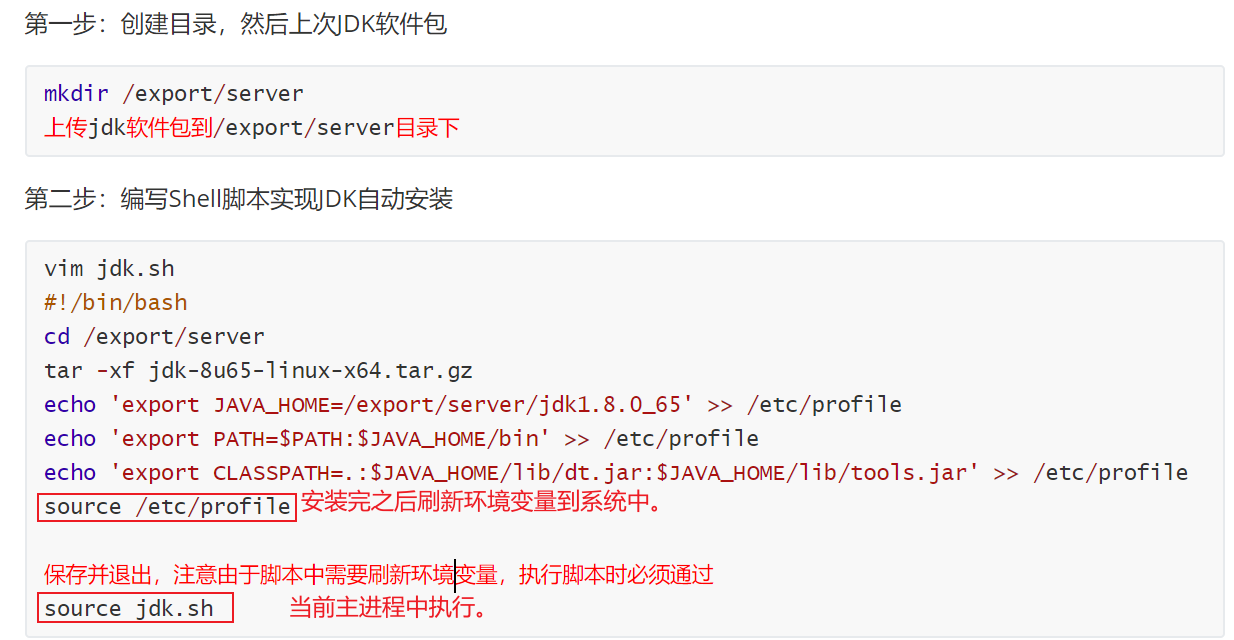




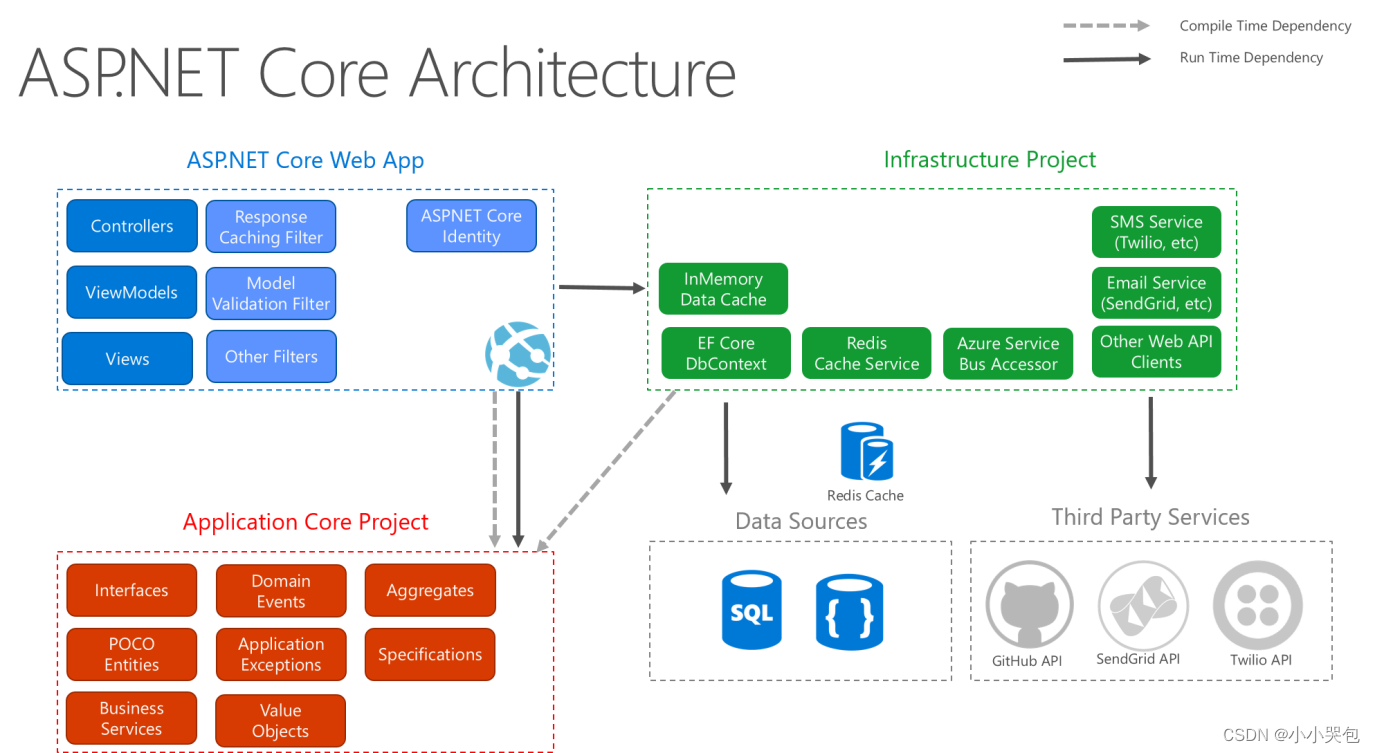
![[CF复盘] Codeforces Round 871 (Div. 4)20230506](https://img-blog.csdnimg.cn/fc0b0aa844344689bd7f9a5354d45717.png)

